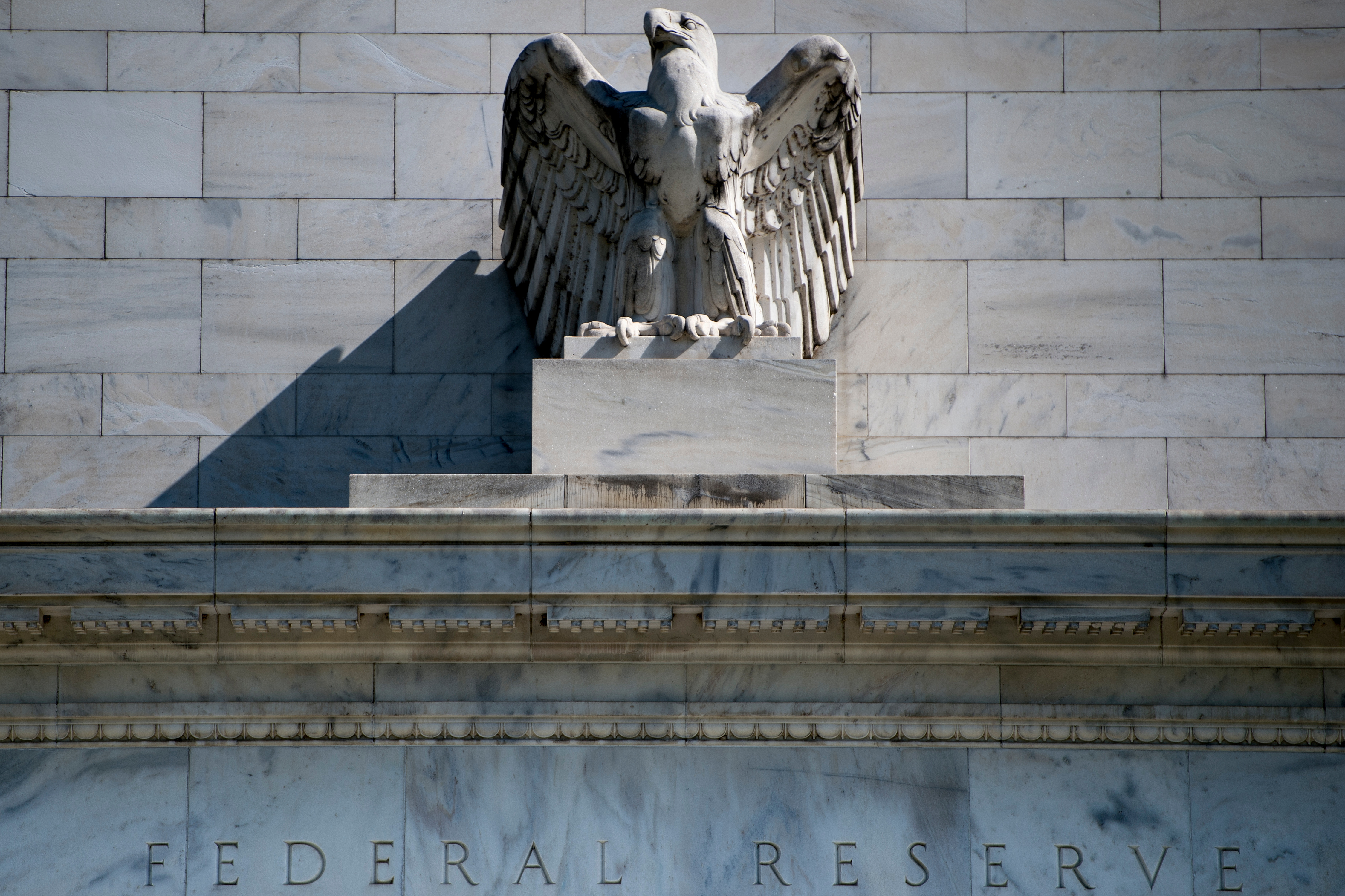US Fed moves to ease post-crisis rule on risky bank trading
Photo: () | ©AFP
New York (AFP) – The Federal Reserve took a first step on Wednesday to soften a key rule enacted after the 2008 financial crisis to limit high-risk trading by banks.
The Fed, in one of its first major moves by appointees of President Donald Trump, said it aimed to improve implementation of the Volcker rule on bank trading to address criticism that the standards have been vague and crimped important services to bank clients.
The Volcker rule, included in the 2010 Dodd-Frank banking law and implemented in 2013, bars banks from engaging in trading with their own funds, or from running their own hedge funds to take big bets.
The rule prompted large US banks to divest or shut down high-risk, high-return businesses, but banks have complained that the measure wrongly lumps in safe activities, such as those to hedge against risk, or those to provide key liquidity to clients.
Trump administration critics have warned that the proposed modifications are part of a larger regulatory rollback that could lead to another crisis.
Fed officials said banks are still barred from trading with proprietary funds, but that the shift was needed to clarify that additional activities are permitted.
Officials involved with Volcker see “many opportunities to simplify and improve it in ways that will allow firms to conduct appropriate activities without undue burden, and without sacrificing safety and standards,” said Fed Chair Jerome Powell.
Among the proposed changes, the definition of “trading activity” would be modified to permit more conduct, including nixing the automatic classification of assets held less than 60 days as short-term and subject to regulation.
Other changes would provide relief to banks with smaller trading businesses and the foreign trading activities of non-US banks.
US officials said the toughest oversight would fall on 18 giant banks with more than $10 billion in trading assets and liabilities that account for about 95 percent of all trades. About half are of these banks are non-US.
The Fed’s ideas, which were developed in concert with four other agencies, will now be subject to a 60-day public comment period.
Disclaimer: This story has not been edited by Siliconeer and is published from a syndicated feed. Siliconeer does not assume any liability for the above story. Validity of the above story is for 7 Days from original date of publishing. Content copyright AFP.


